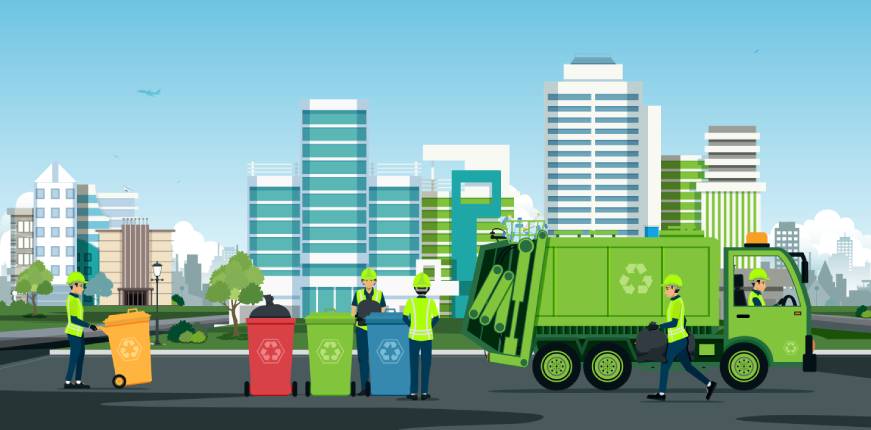A carbon footprint is a measure of the greenhouse gases released into the environment in totality. This can be due to the actions of an individual or an organization. Here are some steps that help reduce carbon emissions while being at home. These steps are quick to implement and help one lead a more sustainable and eco-friendlier lifestyle in no time. The links between climate change and greenhouse gas emissions are too real to be ignored. The global temperatures are increasing, which is ultimately leading to unexpected and extreme weather conditions. It, therefore, becomes important to reduce the carbon footprint on an individualistic level, because the smallest of contributions matter.
1. In home insulation
Heating the household space is not only expensive but also energy intensive. By insulating certain areas in the house, heat can be retained during winters and also stay cool in the summers. It indicates a lesser use of energy and reduced carbon footprint.
2. Switching to renewables
Switching to renewable sources of energy like solar energy, not only saves money but also contributes to reduced household emissions.
3. Investing in energy efficient
It is important to invest in energy resources that are comparatively more efficient, be it appliances with a high star rating or simply energy-saving bulbs. Additionally, unplugging and switching off devices that are not in use helps make your home eco-friendly with a reduced carbon footprint.
4. Reducing the wastage of water
It takes a considerable amount of energy and resources to process and furthermore, deliver water to households. It is therefore important to not waste water and use it mindfully for a reduced carbon footprint.
5. Changing the dietary intake
The food that an individual consumes has an impact on the environment. For example, producing dairy and meat products emits greenhouse gases like methane. Choosing a diet that is plant-based contributes to a reduced personal carbon footprint.
6. Going digital
Sharing of documents and communicating via online methods or digitally, for example, trying to abstain from using paper-based documents and encouraging ongoing digital both in the personal and workspace is important.
Conclusion
Reducing carbon emissions can be achieved at home and even at the workplace. Whether it is making changes towards a more sustainable level on an individualistic level or on a societal level, at home or at the workplace, these contributions help reduce the carbon footprint.





